9 June, 2022 By: Vanessa Pogorelic
Even new homes are susceptible to roof leaks. Here are just some of the reasons why a perfectly sound-looking roof may not be that watertight and what you need to do about it.
The heavy and persistent rainfall that pelted the roofs of homes and businesses in Perth and WA’s south-west during the first two weeks of July 2021, pushed many roofs beyond what they were able to withstand.
A series of cold fronts which brought heavy falls across a short period of time left many people dealing with significant water damage as rain inundated homes.
For those who were caught by surprise it underlines the importance of good roof maintenance.
RELATED:
Winter home maintenance tips »
What causes a leaky roof?
One of the most common causes of roof leaks is also the one most easy to solve. Gutters and downpipes blocked by leaves and other debris accounts for a huge amount of water damage to homes.
Inadequate gutters and downpipes can also bring a roof undone in a big deluge.
Roofing contractor David Haverly from Expert Roofing WA says, outside of blocked gutters, one of the most common causes of leaks he sees is not enough downpipes around a home, something he says is a big problem where pergolas, patios or other extensions have been added.
“Many people just keep the existing gutter instead of putting in a wider box gutter and they may not have put any new downpipes in to handle the extra water so it’s always overflowing. I see that at least once a day.”
Additions such as these increase the surface area of the roof. Without adding larger gutters and extra downpipes to cope with the amount of water coming off the roof, water will end up finding its way over the edge of the gutter or inside your home.
Poorly installed or old flashings around vents, skylights and flues can also be an entry point for water.
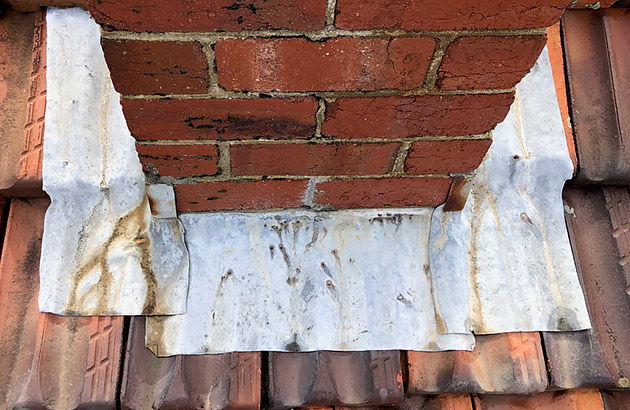
David says poorly maintained ridge capping and broken tiles are also common causes of leaks. He says clay tiles can be particularly brittle especially as they age.
“Generally tiles are pretty good, but the older the tile the more likely it is to break. Even differences in temperatures from day to night can cause a tile to crack. Tiles should last about 40 or 50 years on average. But they do have a certain lifespan. Once they’ve reached that, you’ve just got to replace them.”
Anything that interrupts the flow of water across the surface of a tile can reduce its ability keep water from seeping into your roof. The channels in a tile are designed to direct water in a straight line from top to bottom and then on to the tile below.
“When that gets blocked up, the tile fails because the water has nowhere to run so it just runs into your roof,” David says.
This can also occur where a broken tile has been patched with a sealant and the channels running down the tiles are blocked by sealant.
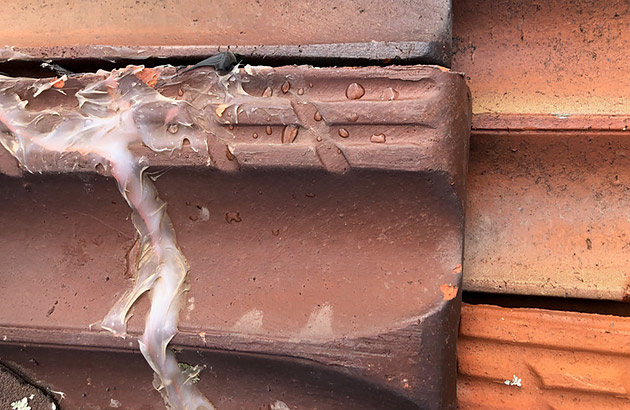
Large amounts of moss and lichen growing on tiles can have the same effect, blocking water channels on the tile's surface, causing water to flow more slowly down to gutters. This results in water pooling on top of the tiles and eventually overflowing and seeping into your home. It can also degrade the tiles over time. Clumps of moss growing between and under tiles can even cause them to shift. If your roof is sprouting a significant amount of lichen and moss, it’s wise to get it carefully removed by a professional.
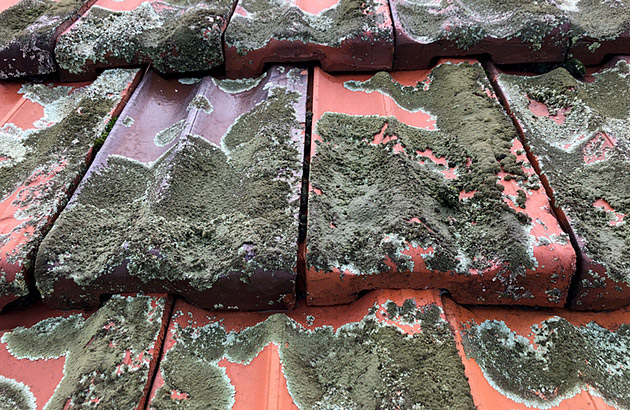
Metal roofs, even those that are relatively new, aren’t immune from leaks.
To fix the metal sheets to the roof, they need to be pierced. When the rubber washer under the screws begins to perish water can begin to seep in.
David also says, at the points where the metal sheets join flashings on the roof, the mastic used to form a seal only has a lifespan of about five years.
“If you live closer to the ocean and also with the extreme heat we get here in WA, the lifespan of the mastic may only be about three years. We go to houses near the ocean that are no more than three years old and they’re leaking already because the sealant’s failed.”
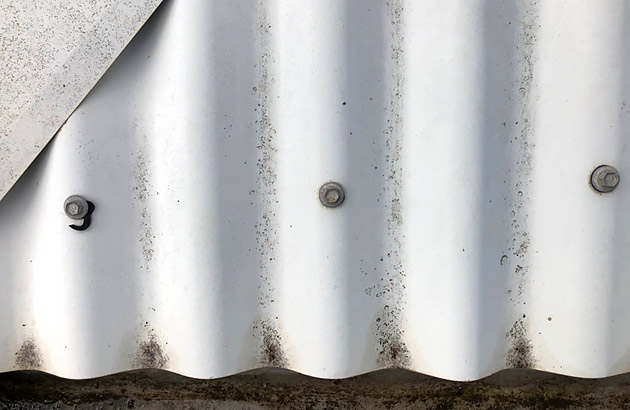
One cause of leaks which is the most difficult to solve is where a section of roof has the wrong pitch.
“There’s a minimum of 14 degrees for tiles and a lot of the time on home extensions and verandahs it’s only 10 degrees, which can cause leaking, especially during heavy rainfall.
“Many roofs here in WA I just don’t think are designed to handle that amount of water in such a short amount of time. Roofing is not regulated in WA which is a problem.
“When rainfall is coming in sideways because of strong winds, it’s going to find a way in somewhere.”
Why you shouldn't ignore even minor leaks
The source or cause of a leak can be obvious but often it can be a complete mystery.
Roof repairers generally start with the obvious source and work back from there.
“If you fix something and it doesn’t work then you need to investigate a lot further by taking tiles or metal sheets off and water testing.
“It only needs to be a tiny hole but it can cause a lot of damage. You might just have a broken water bar on a tile but because it’s hidden underneath another tile you can’t actually see it.”
Water coming into your roof can cause significant damage to walls, plasterboard and over time may also lead to the growth of black mould which can be hazardous to health. It can also cause electrical problems.
If a large amount of water gets in over a short period of time it could also lead to a ceiling collapsing.
If water starts to inundate your home from the roof during a severe weather event, ensure any power points nearby are switch off and move any appliances that may be plugged in.
In terms of ongoing maintenance, ensure your gutters are cleaned a minimum of twice a year, especially if you have trees close to the house. If tree branches are overhanging the house, get them cut back, not only to prevent gutters and downpipes from becoming blocked, but to also prevent structural damage from branches falling during a storm.
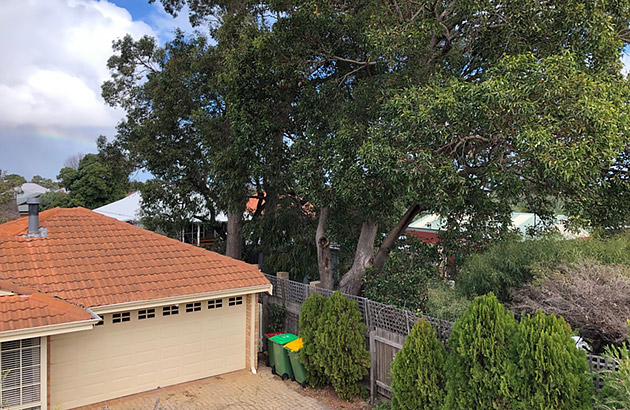
Keep a look out for small leaks which may stain the roof as this may be a sign of a bigger underlying problem, or at the very least, a sign that you need some preventative maintenance carried out sooner rather than later.
If you need to claim...
Our local claims team is on the ground and ready to help, seven days a week.
Disclaimer: Issued by RAC Insurance Pty Limited. Check the PDS & TMD at rac.com.au.
